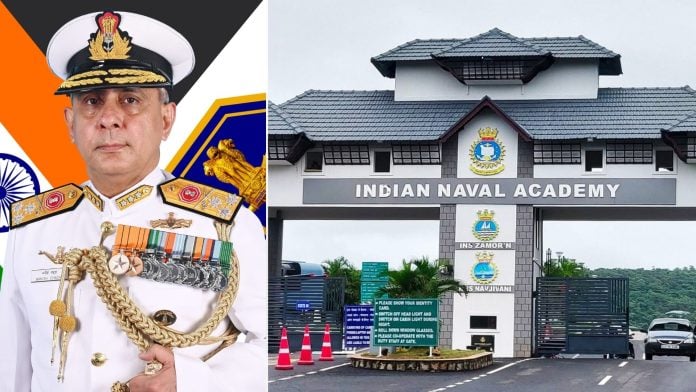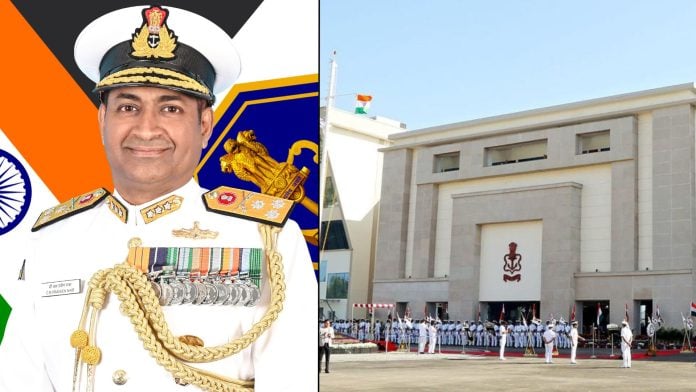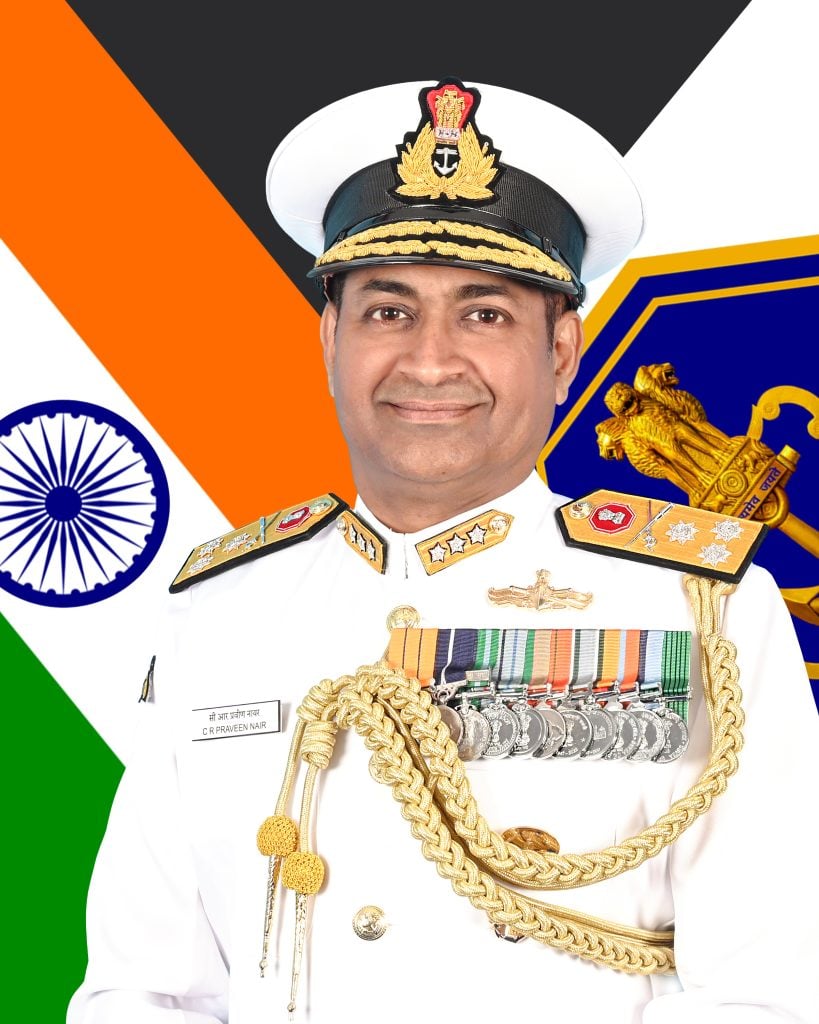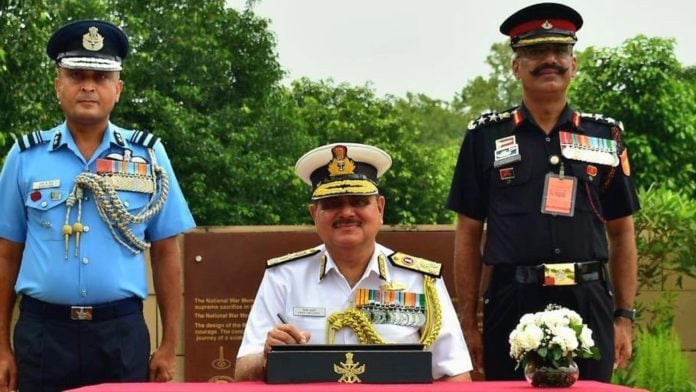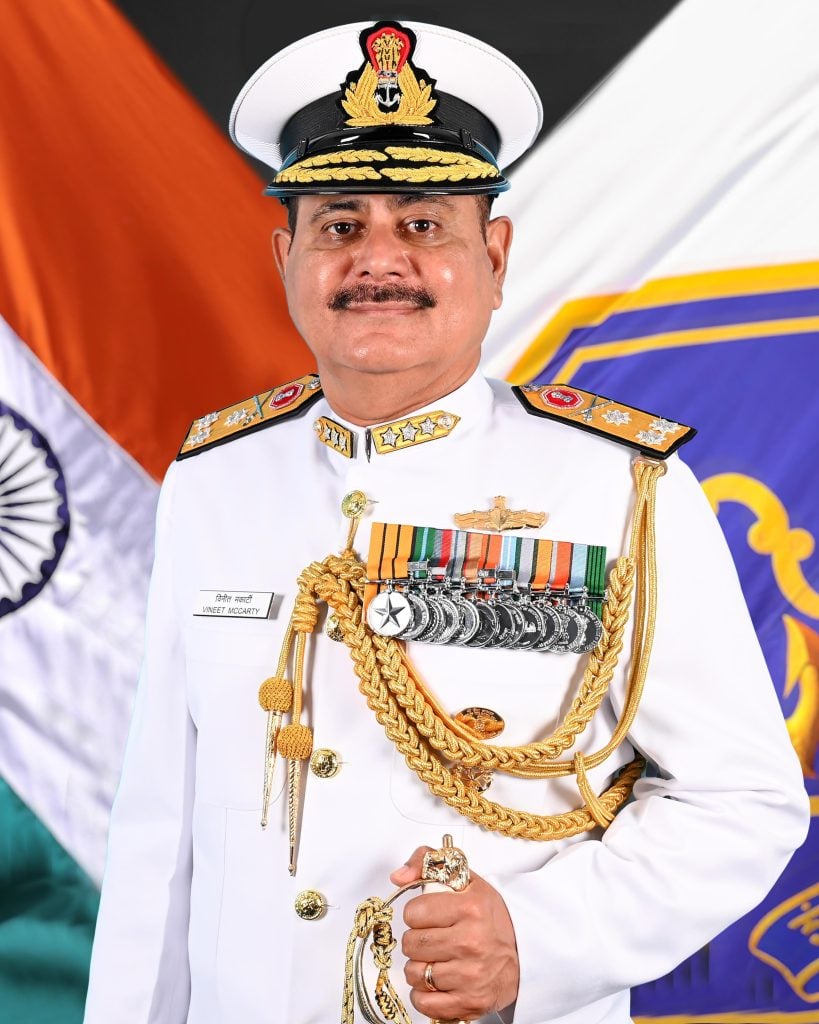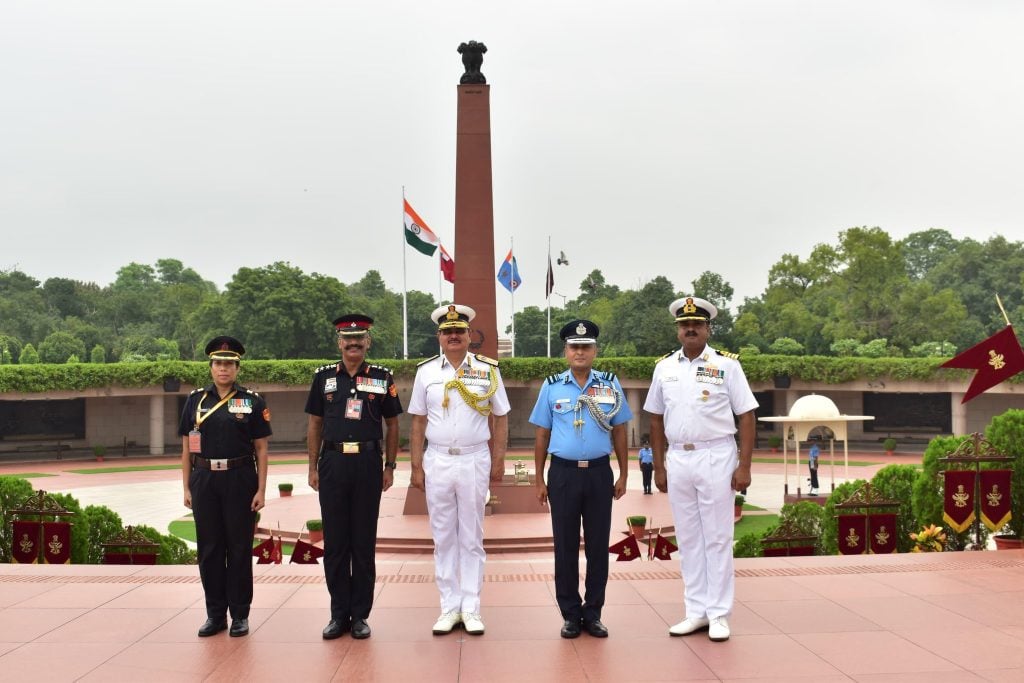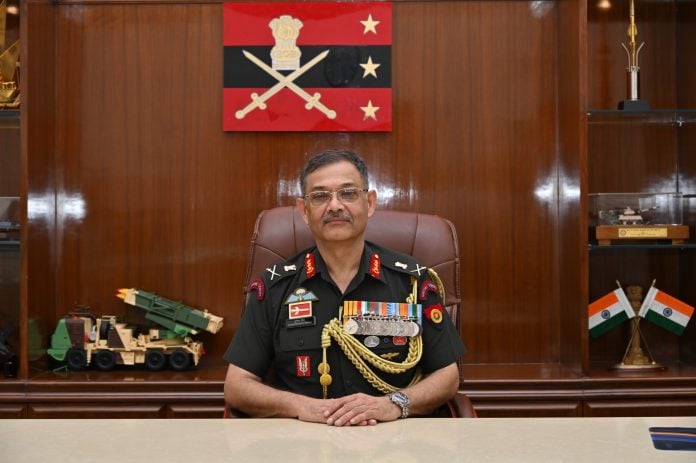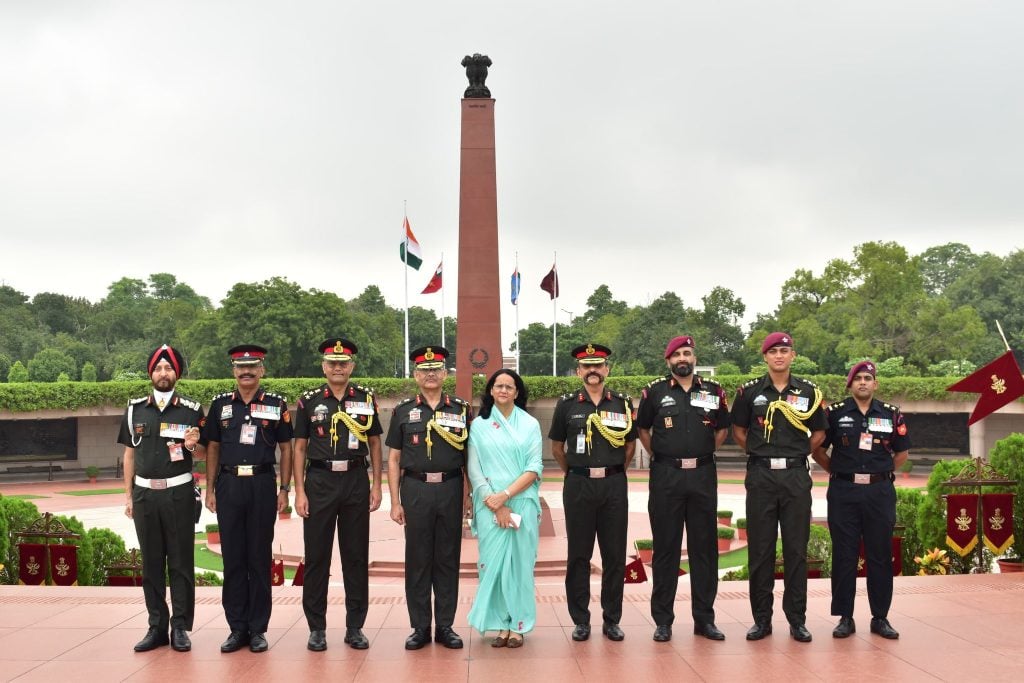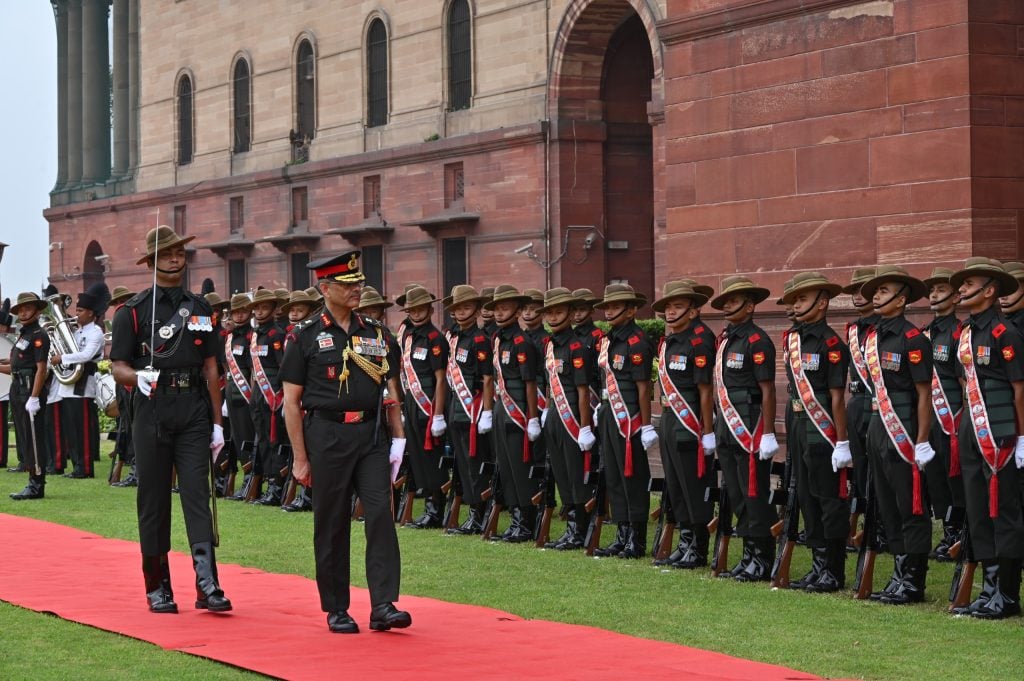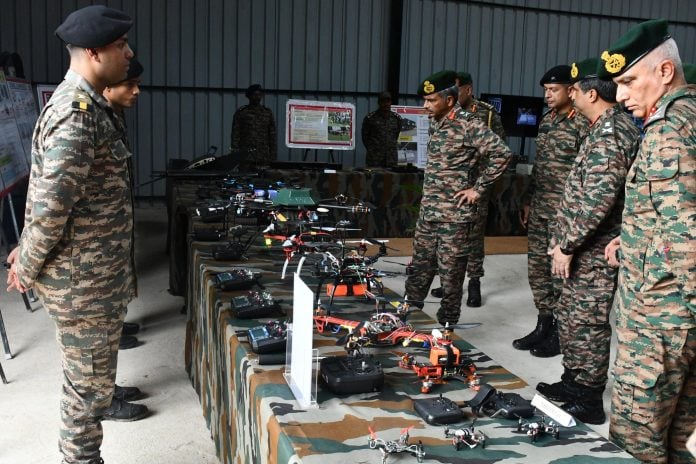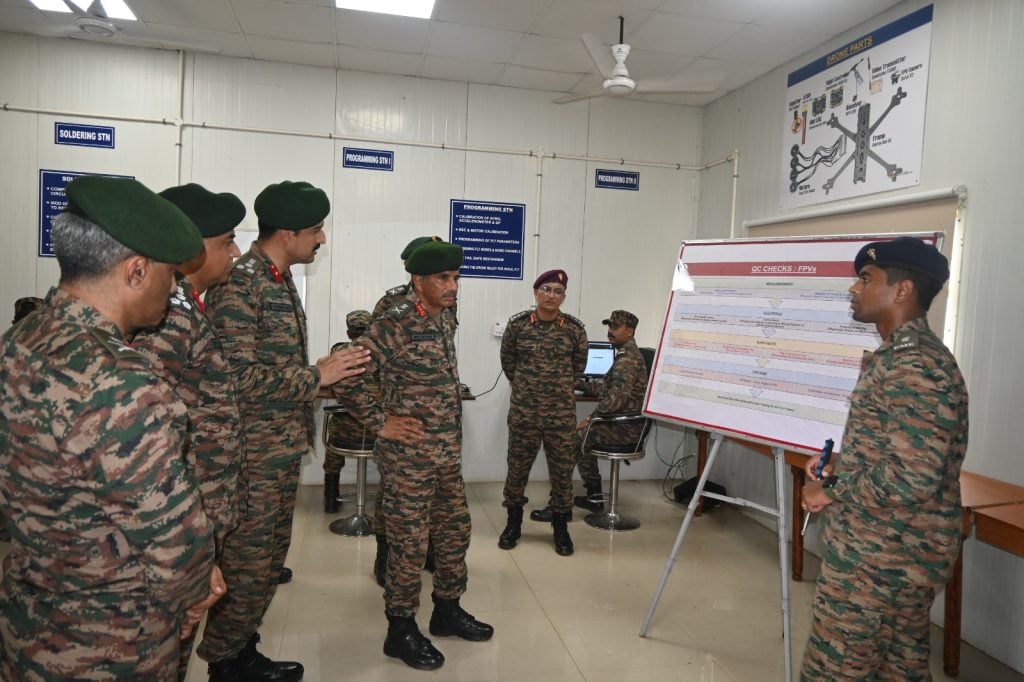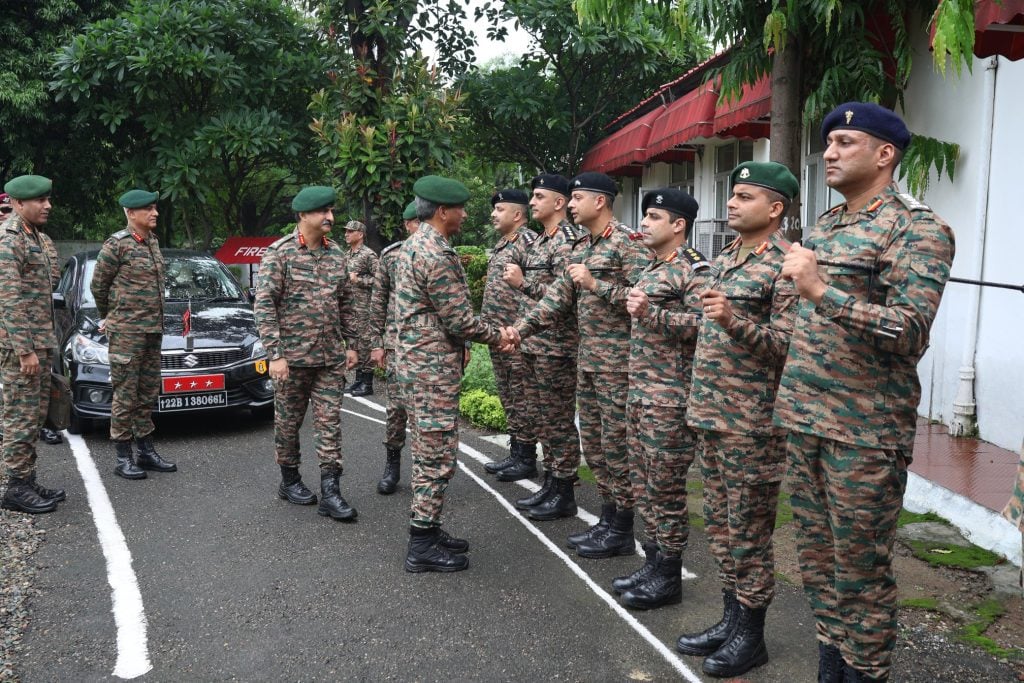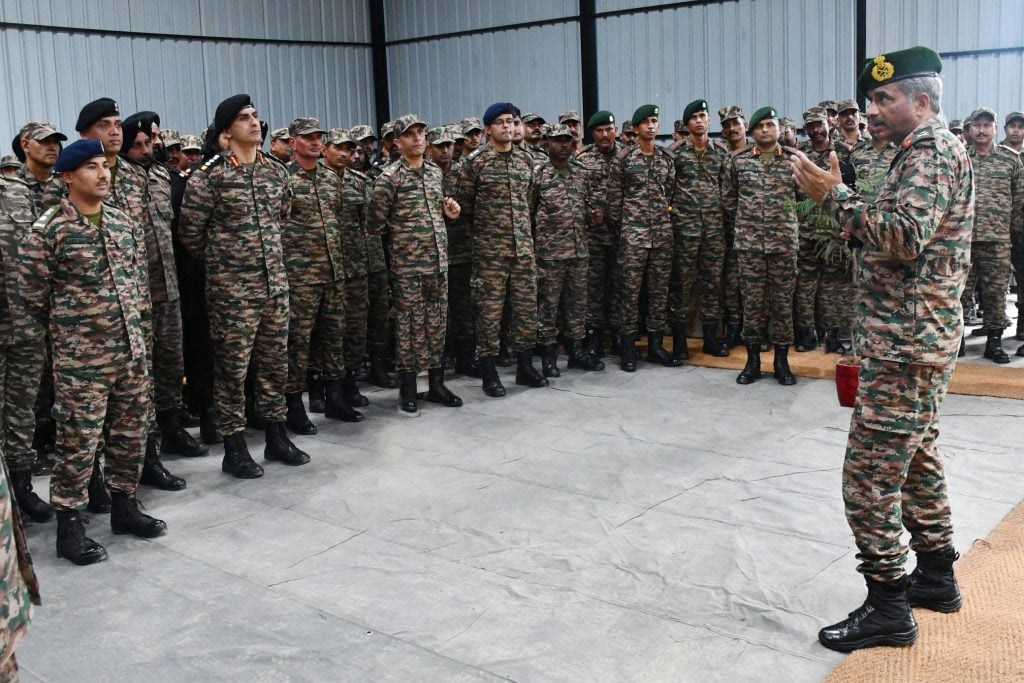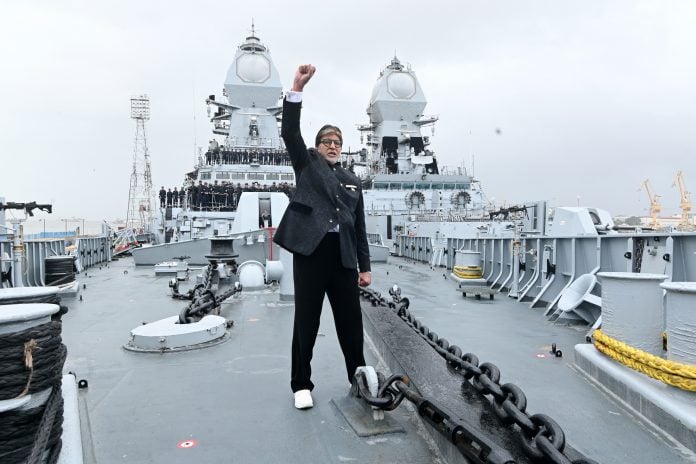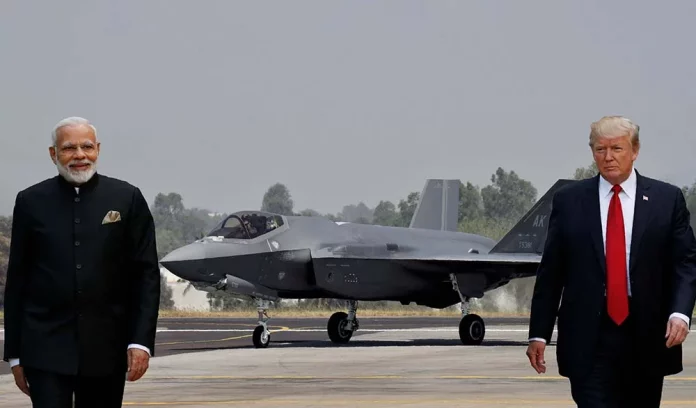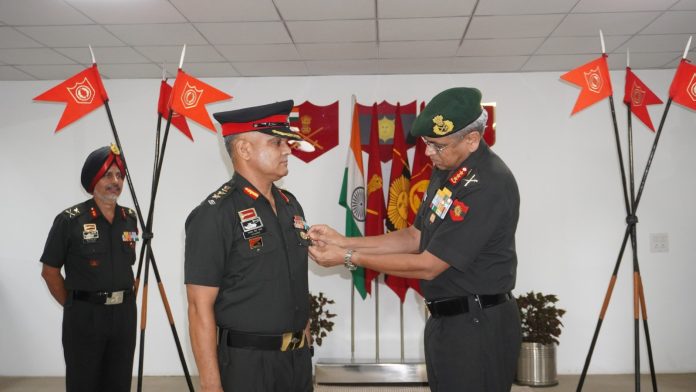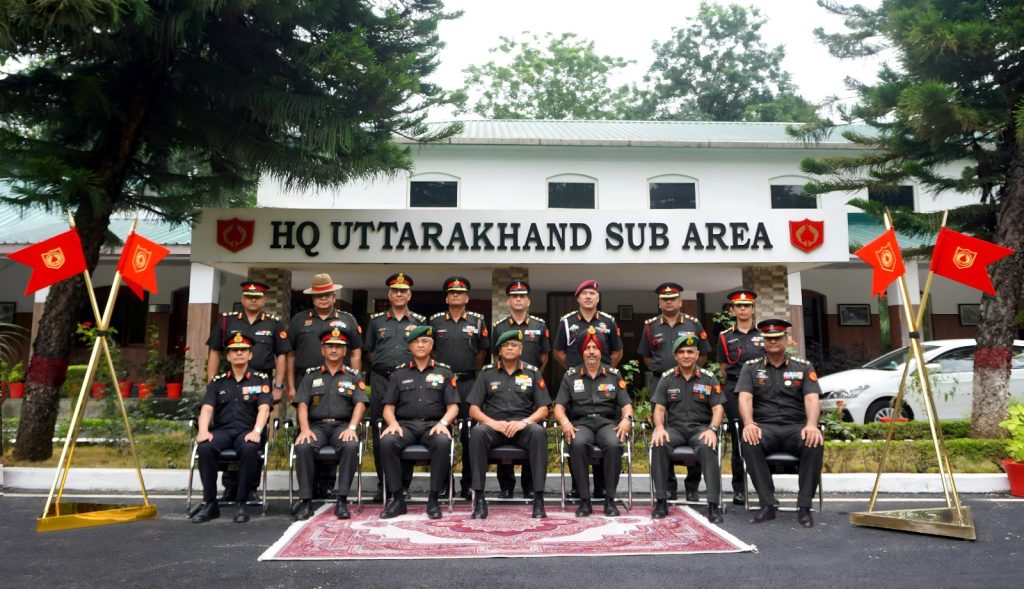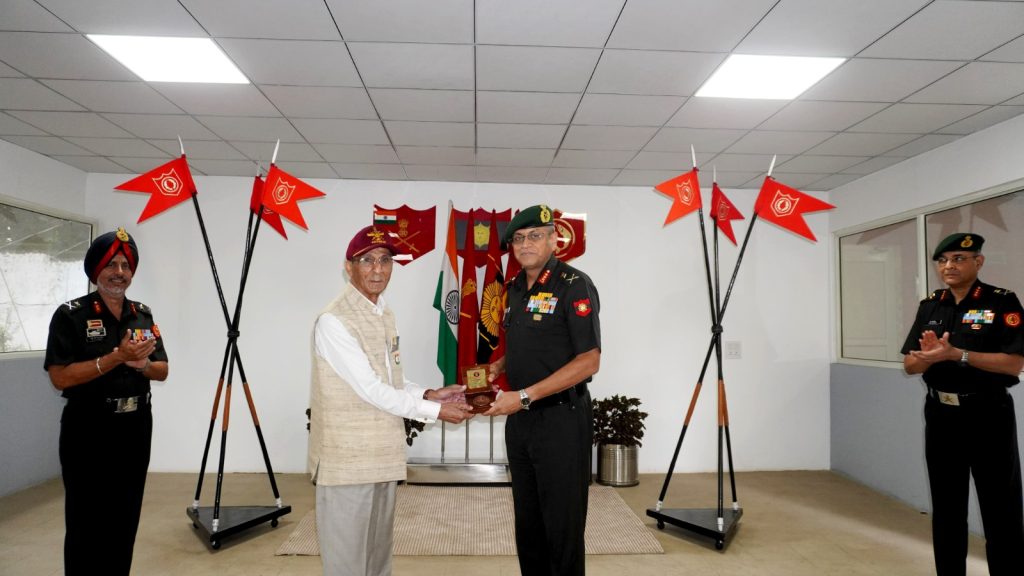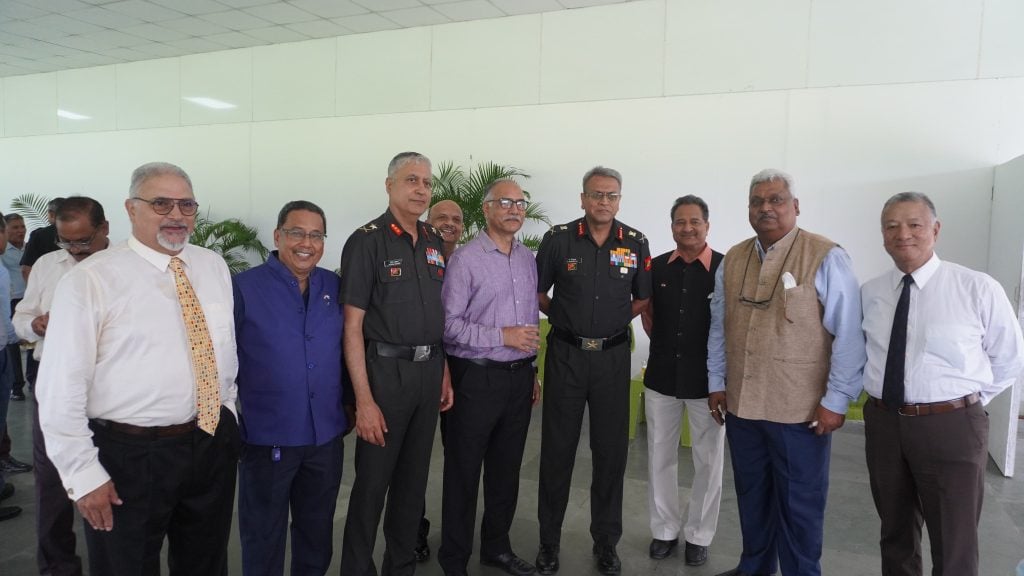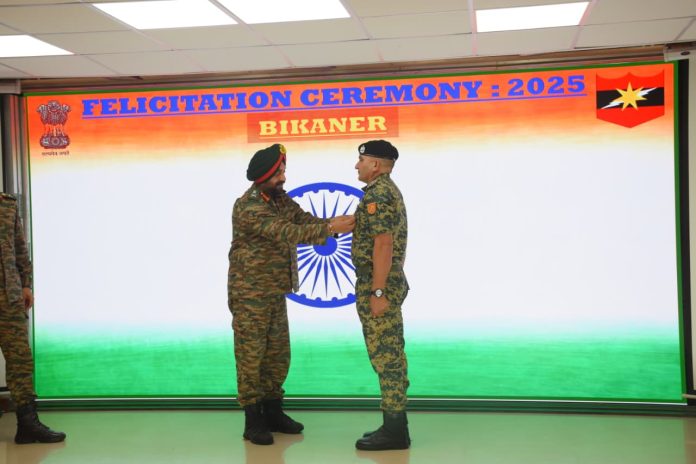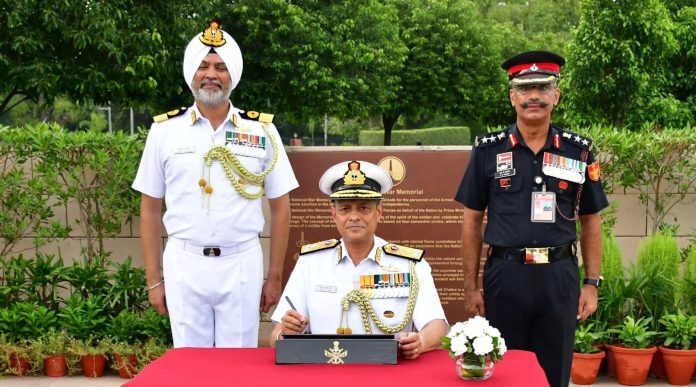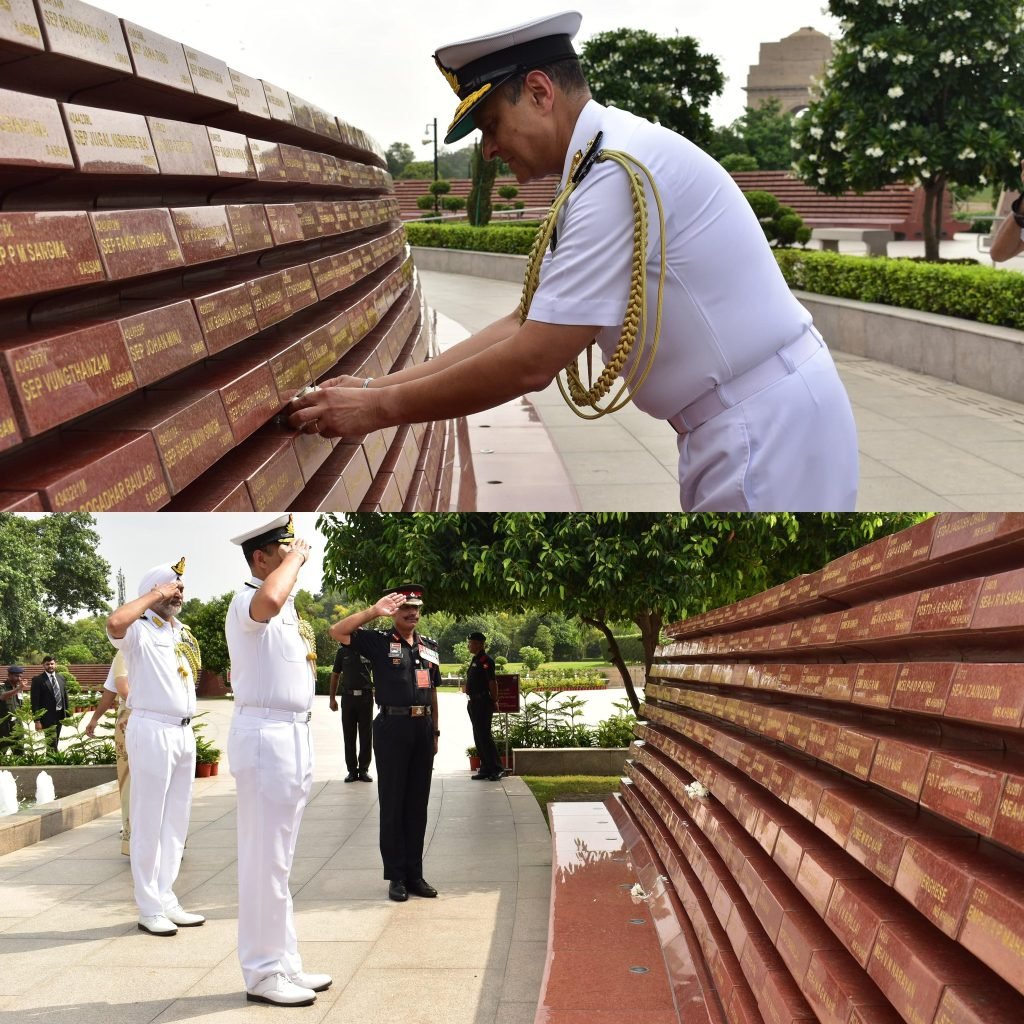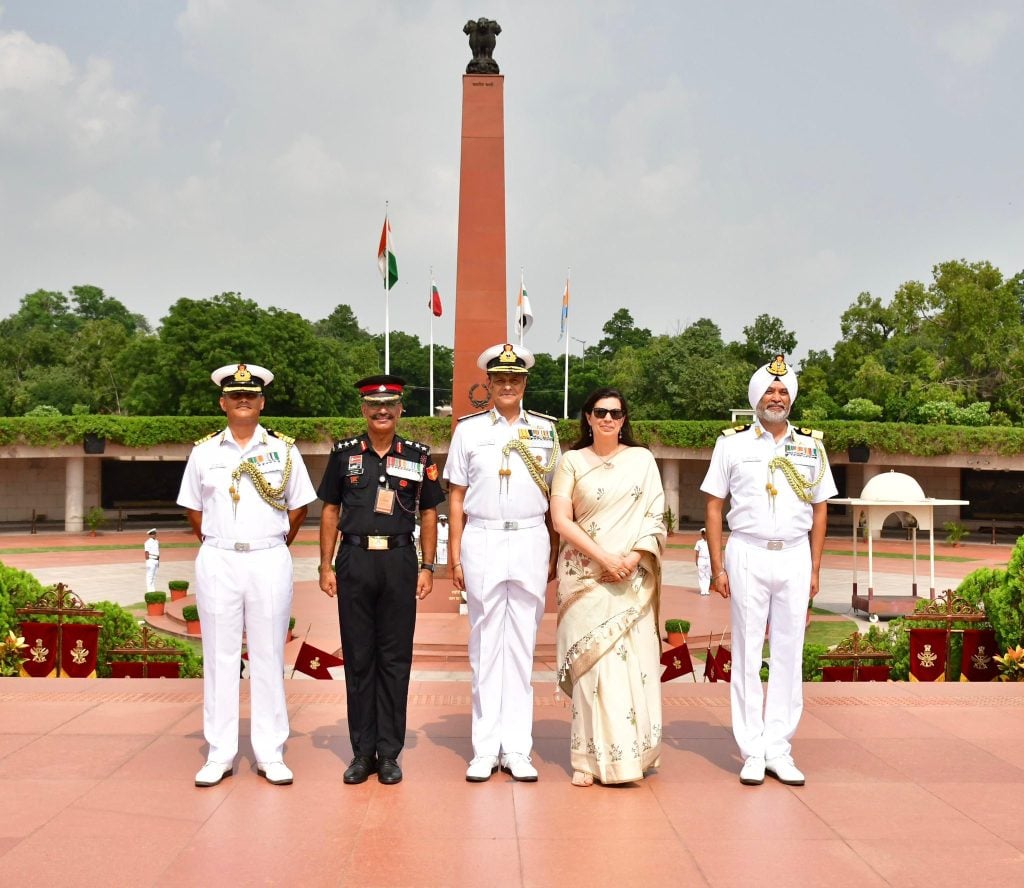The Indian Naval Academy (INA) in Ezhimala witnesses a major leadership transition as Vice Admiral Manish Chadha AVSM, VSM is set to take charge charge as the new Commandant and will succeed Vice Admiral CR Praveen Nair AVSM, NM.
Commissioned into the Indian Navy on July 1, 1991, Vice Admiral Chadha is a seasoned officer with 34 years of service. An alumnus of the National Defence Academy (NDA), he is a specialist in Communication and Electronic Warfare and has commanded several key warships including INS Mysore, INS Veer, and INS Kirpan. His training at the Defence Services Staff College (DSSC), Wellington, and the Higher Command Course at the National Defence University in Washington, USA, adds strategic depth to his operational experience.
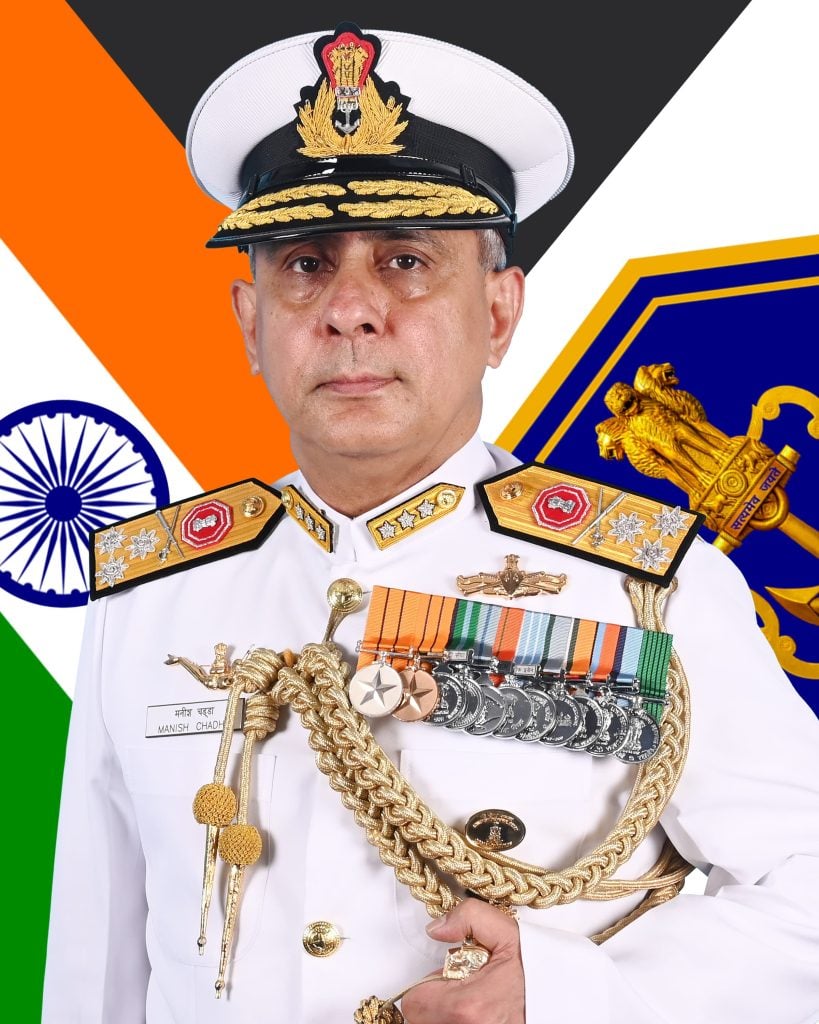
Before taking over as Commandant, Vice Admiral Chadha served as the Assistant Chief of Personnel (Human Resource Development) at Naval Headquarters. His extensive experience in training and personnel development makes him well-suited to lead INA, India’s premier officer training institution, which was established in 2009 at a cost of ₹721 crore.
The transition aligns with structured leadership succession practices aimed at preserving institutional knowledge and maintaining operational readiness. Located between Ezhimala hill and Kavvayi backwaters, INA remains central to India’s naval preparedness, especially under the AatmaNirbhar Bharat initiative. With a 7-kilometre-long beachfront on the Laccadive Sea, the academy continues to build future-ready officers through rigorous training and modern infrastructure.
Vice Admiral Chadha’s leadership is expected to further elevate the academy’s stature as a cradle of maritime excellence in the Indo-Pacific region.

